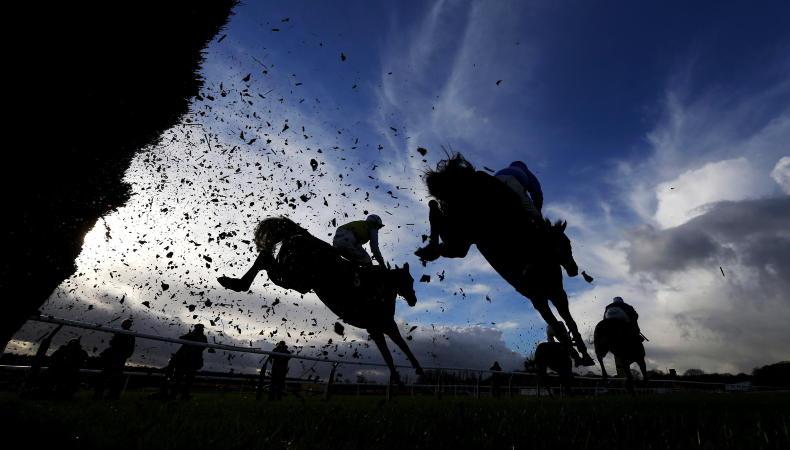WHY should drugs with the potential to affect racehorse performance be regulated?
‘Therapeutic’ substances – medicines - that vets legitimately use to treat disease but which race-regulators require to have left the animal’s system before raceday. These include anti-inflammatory, analgesic (pain relieving) drugs such as phenylbutazone (bute); these have the potential to mask clinical signs, making a horse seem better, e.g. sounder than he truly is (but also prone to greater harm).
Also included here are sedative and anaesthetic agents, such as the tranquilliser ace-promazine, which would reduce raceday performance and endanger jockeys.
Veterinary inspections
So we have drug testing of horses sometimes at home, more often on raceday, and we have veterinary inspections of horses before and after competition with the potential for referral to racecourse stewards. The IHRB regulate these activities in Ireland with broad agreement across Europe. There are, however, differences between racing communities globally and with FEI-regulated equestrian sport; examples might include the view taken of substances such as altrenogest (used to regulate fertility) and omeprazole (for gastric ulceration).
Individual horses have different rates of drug metabolism; forensic laboratories might differ too in their ability to detect; and the subject is further complicated by the need to make allowances for some naturally-occurring substances, e.g. caffeine that a horse might consume in normal feedstuffs.
Most positive ‘doping violations’ are, I suggest, the result of mistakes or miscalculations:
Betting scandals
Prevention is always better than cure; racing suffers reputational risk every time a winner or well-fancied loser tests positive; the bloodstock industry suffers more broadly, especially if results are unclear or delayed. Thus follows loss of sales and prize income, and confidence by politicians and the public itself, both betting and general. Betting scandals turn punters toward other betting outlets; animal welfare scandals diminish the sport’s social license to operate.
Accuracy and honesty
So regulators work hard to get on the front foot – inspecting stud farms and pre-training establishments; checking medicines registers for accuracy and honesty; conducting random and targeted drug testing on an ever-increasing scale, and educating those responsible for racehorses to take conscientious care to source, supply, administer and record all medicines properly.
We all want to minimise the risk that a doped horse might put in a drug-affected raceday performance. We seek assurance that all are competing on their merits, as well as ensure that racehorse welfare is not unduly compromised by what we ask of them.
Regulators can never feel entirely certain they are 100% successful; complacency would sound the death-knell for horseracing as a sport.
We can ensure the integrity of racing, if all who participate in the sport believe and act accordingly.


 This is a subscriber-only article
This is a subscriber-only article
 It looks like you're browsing in private mode
It looks like you're browsing in private mode












SHARING OPTIONS: